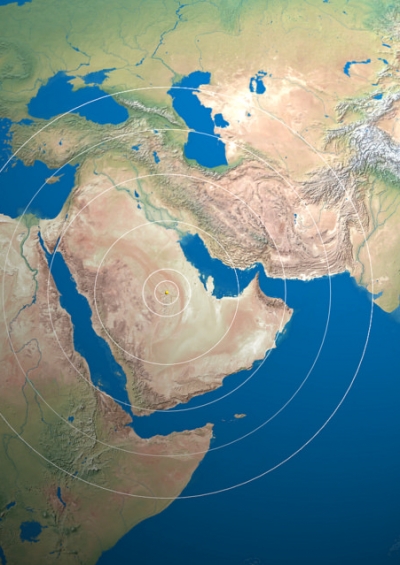Voter Turnout in Korea Vs Japan
Similar voting systems yield very different participation rates.
June 30, 2017
1. South Korea’s 2017 presidential election was an early election held to replace Park Geun-hye.
2. Park was removed by the National Assembly and Constitutional Court for massive corruption and other scandals.
3. 77.9% of all South Koreans of voting age turned out to vote in the special election.
4. South Korea automatically lists all citizens (including those overseas) as eligible to vote.
5. With all the attention on the circumstances of the election, the turnout was slightly up from the prior presidential election, but was the highest in two decades.
6. South Korea’s nearby OECD neighbor, Japan, uses a similar automatic system for voter lists.
7. Japan had vastly lower turnout in its last national parliamentary election, in 2014, when Shinzo Abe was re-elected prime minister.
8. Only 52% of all voting-age Japanese turned out in the 2014 elections – slightly lower even than 2016 turnout among eligible adults in the United States (55.7%), where voter registration is not automatic.
9. This Japanese turnout was down sharply from the landslide 2009 elections (two elections prior).
10. In 2009, 69% turnout saw the first victory by an opposition party in Japan since World War II.
Sources: The Globalist Research Center, Pew Research Center
Takeaways
Author
The Globalist
Read previous

Global Religion
Saudi Arabia Vs. the World
June 30, 2017